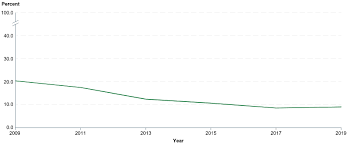In poor areas, crime rates and violence are known to be higher. In the first half of the 1900s, many crimes such as bank-robbing, illegally selling alcohol, loan-sharing, and murder were popular. Gangs that would perform petty crimes formed in poorer areas, and over time these gangs grew in number and power.
Gang formation and recruiting occurred mainly at the place where senior members were most likely to find healthy youth: schools. In Chicago, where gang violence is most prevalent and dangerous, three major gangs formed. Two of these gangs, the Vice Lords and the Black P-Stone Nation/Black Stone Rangers, were created in the Illinois State Reformatory School at Saint Charles. By the 60’s, these street gangs grew so large in power that they threatened the entire community. They preyed on whoever they felt infringed on their livelihood or power, and they used extreme violence and criminal activity to control the town.
The fear instilled by these groups made being a part of a gang the safest option for many children. There was no point in resisting joining, as that would simply result in harm to one’s family. While the growth of gangs can partially be attributed to the racial and social unrest that existed at the time, many different communities reacted differently. Much of the protest was non-violent, but gangs in Chicago chose to use violence instead.
Gangs kept the youth from getting valuable education. School Grounds themselves were warzones, with opposing gangs causing violence on campus. Many students would not attend school as they feared the gangs that lurked the hallways, and others simply dropped out to participate in gang activities.

Data from American Journal of Criminial Justice demonstrating the increasing number of gang cities during the late 1900s
